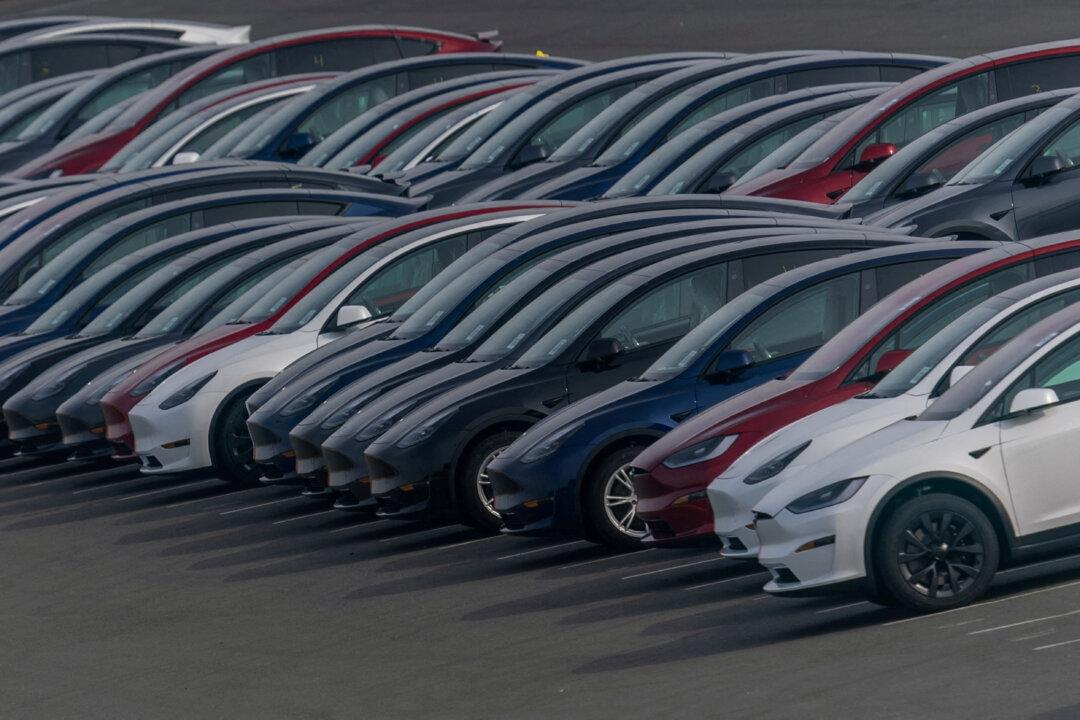New vehicle prices across the United States dipped by more than 3 percent in the past year as sellers offered more incentives to spruce sales.
The average transaction price (ATP) of a new vehicle was $47,401 in January, a “remarkable” 3.5 percent decline from the same month last year, according to an analysis by automotive research company Kelley Blue Book. The decline was attributed to automakers and dealers providing higher discounts in a bid to keep up the pace of sales.





